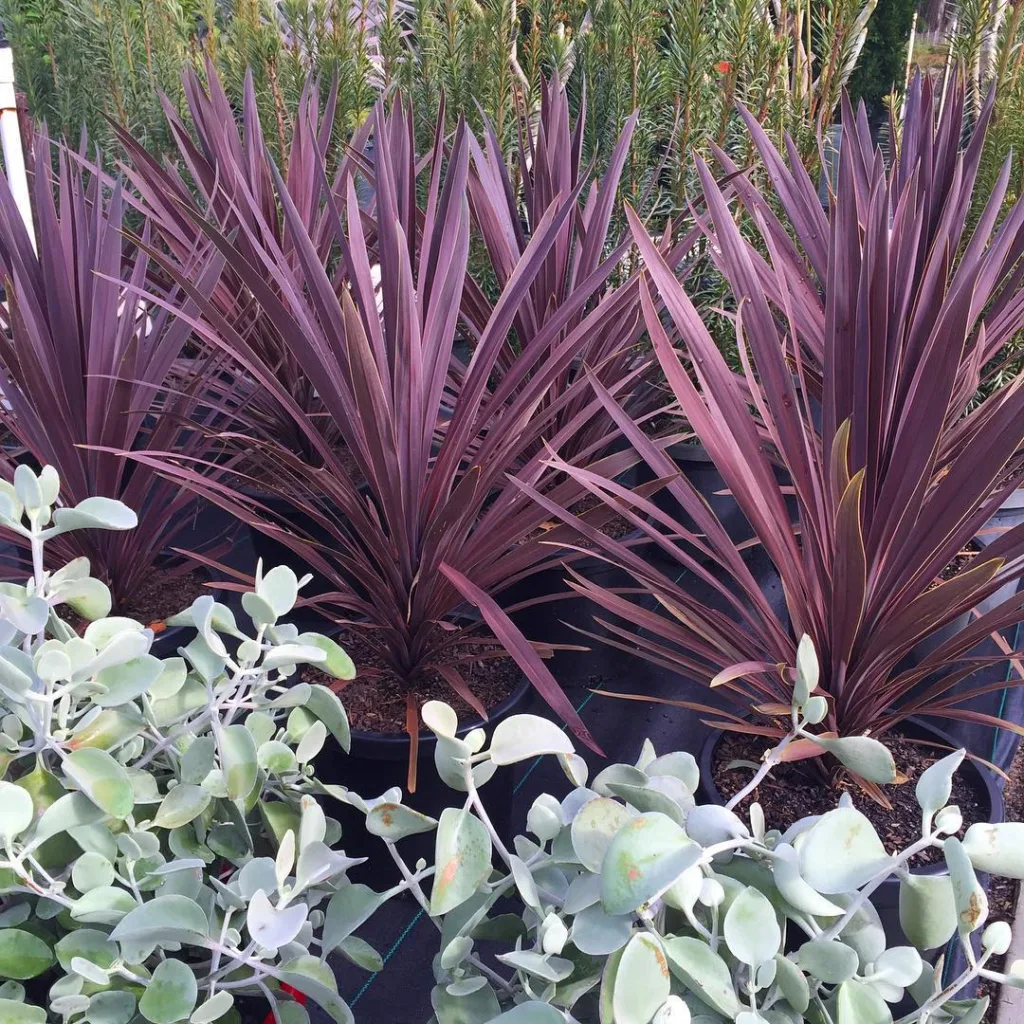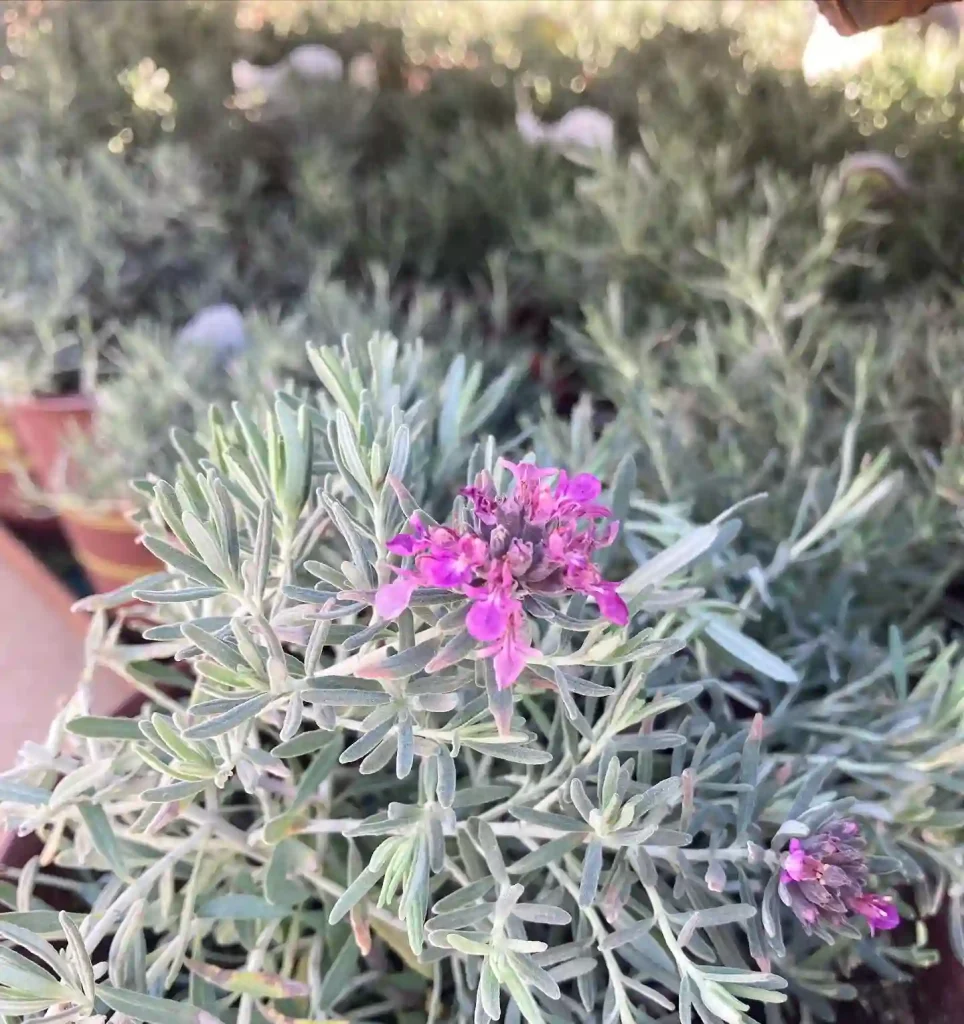What is Zantedeschia Rehmannii?
Greetings, fellow plant enthusiasts! I’m Ferb Vu, and today, we delve into the world of the captivating Zantedeschia Rehmannii, also known as the Pink Calla Lily. This elegant flower, with its trumpet-shaped blooms and rich foliage, has stolen the hearts of gardeners for generations.
Whether you’re a seasoned cultivator or a budding enthusiast, this guide equips you with the knowledge to nurture this vibrant addition to your garden. Let’s explore the most common inquiries surrounding the Pink Calla Lily.
8 Species in Genus Zantedeschia – Arum Lily – Calla Lily
Where Does the Pink Calla Lily Thrive?
The Pink Calla Lily flourishes in full sun to partial shade. Aim for at least a few hours of direct sunlight daily to promote optimal growth and vibrant blooms. When planting outdoors, well-drained, moist soil is key. Consider amending your soil with compost or other organic matter if necessary.
Can I Grow Pink Calla Lilies Indoors?
Absolutely! These beauties adapt well to container life. Choose a pot with drainage holes and a potting mix formulated for flowering plants. Position your potted Pink Calla Lily in a brightly lit location, ideally near a south-facing window.
Watering Wisdom for Pink Calla Lilies
Consistency is crucial. Water your Pink Calla Lily when the top inch of soil feels dry to the touch. Avoid overwatering, which can lead to root rot. During the winter dormancy period, reduce watering significantly.
Feeding Frenzy: Fertilizer for Pink Calla Lilies
During the growing season, a balanced fertilizer formulated for flowering plants can be applied every two to four weeks. Opt for a fertilizer with a slightly higher phosphorus content to encourage blooms.
Hibernation Habits: The Pink Calla Lily’s Winter Dormancy
As winter approaches, the foliage of your Pink Calla Lily will begin to die back. This is a natural dormancy period. Reduce watering and allow the plant to rest. In colder climates, you may need to lift and store the bulbs in a cool, dry location over winter.
Propagation: Expanding Your Pink Calla Lily Collection
The easiest way to propagate Pink Calla Lilies is by dividing the clumps. During the dormancy period, carefully dig up the bulbs and separate them with a sharp knife, ensuring each division has at least one growing eye. Replant the divisions in suitable locations.
Why Are My Pink Calla Lily Leaves Yellowing?
Yellowing leaves can indicate several issues. Overwatering is a common culprit. Ensure proper drainage and adjust your watering schedule accordingly. Lack of sunlight can also contribute to yellowing leaves.
What Causes Pink Calla Lily Flowers to Wilt?
Wilting flowers can be caused by underwatering, excessive heat, or lack of fertilizer. Maintain consistent watering, especially during hot weather, and consider applying a balanced fertilizer during the growing season.
Keeping Pests and Diseases at Bay
Pink Calla Lilies are generally resistant to pests and diseases. However, they can be susceptible to aphids and mealybugs. Regularly inspect your plants and use organic methods like insecticidal soap if necessary.
Beyond the Pink: Exploring Calla Lily Varieties
The world of Calla Lilies extends beyond the Pink Calla Lily. Here are a few captivating alternatives:
- Zantedeschia Aethiopica (White Calla Lily): This classic variety boasts stunning white blooms, ideal for elegant gardens.
- Zantedeschia Elliotii (Yellow Calla Lily): A cheerful option, the Yellow Calla Lily brings sunshine to any space.
- Zantedeschia Sprengeri (Black Calla Lily): This dramatic variety features near-black blooms, adding a touch of mystery to your garden.
Conclusion: The Enduring Allure of the Pink Calla Lily
With its captivating blooms and elegant presence, the Pink Calla Lily is a worthy addition to any garden. By following these simple care tips and addressing potential challenges, you can cultivate thriving Pink Calla Lilies that will grace your space for seasons to come. So, embrace the beauty of this captivating flower and let its vibrant charm bloom in your garden!
If i die, water my plants!



